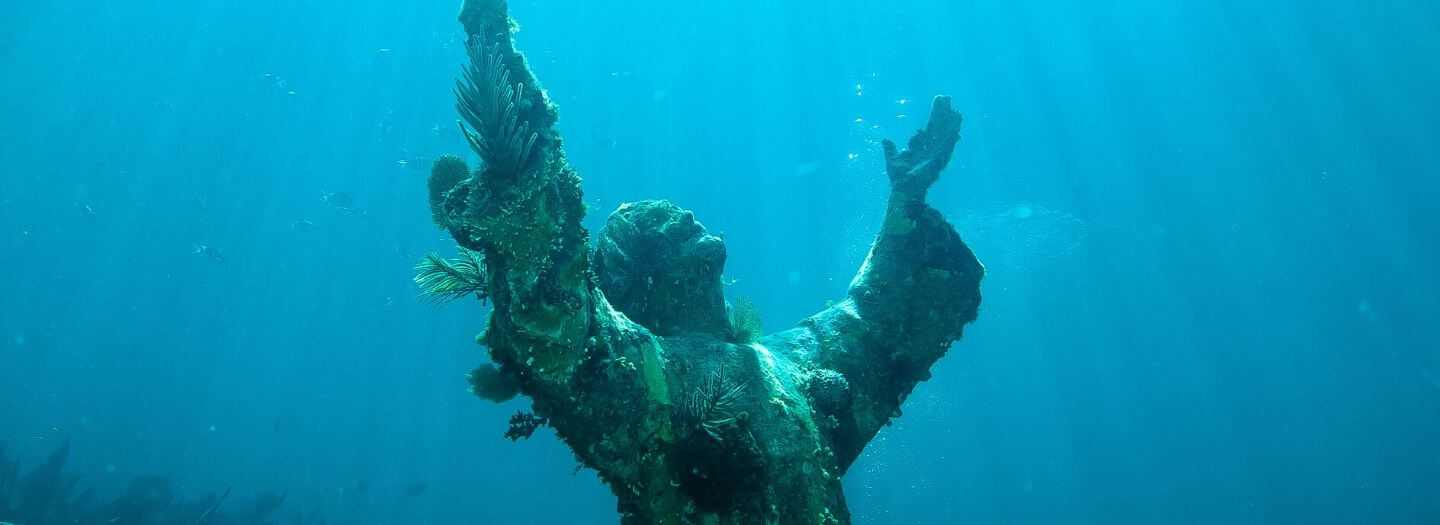
© Subphoto/stock.adobe.com
The next time you’re in Prague, look up. You may see a dangling sculpture of Sigmund Freud hanging by an arm from a pole attached to the roof of a building. According to art critics, it was created to question the outsized role of intellectualism in the twentieth century and to portray Freud’s own phobia of his death.
If you’re interested in something more uplifting, visit the United Nations Park in Buenos Aires’s Recoleta neighborhood. There you will find a seventy-five-foot-tall mechanical flower made of stainless steel and aluminum. It opens and closes with the sun and has become one of the most iconic symbols in the city.
These are just two of the “strangest statues in the world,” as described by Travel Trivia. Another is Carhenge, a display in Nebraska of thirty-eight cars from the 1940s and 1950s set up in a manner akin to Stonehenge.
In Chicken, Alaska, we can meet a twelve-foot-tall metal chicken standing on a hill. A twenty-six-foot-tall stainless-steel fork is displayed, tines down, in Lake Geneva. An eighty-five-foot-tall creation in Nice, France, displays a giant cube atop a head which is visible from the mouth and jaw through the neck. The cube houses seven floors of offices of the municipal library.
The sculpture that most interested me is Christ of the Abyss in San Fruttuoso, Italy. It is an 8.5-foot-tall statue of Jesus with his arms and hands raised. The statue is situated at the floor of a bay on the Italian Riviera at a depth of nearly sixty feet.
This is near where an Italian diver died. Every year, on the last Sunday of July, a torch-lit mass is celebrated on the nearby beach to honor those who have died at sea. After the mass, divers secure floral crowns to the base of the underwater statue.
Strange sculptures and the urgency of faith today
Of all the statues in the article, the last is one you cannot see from land. But that makes it no less real. The same is true of the One it portrays.
When Jesus returned to heaven, his disciples were “gazing into heaven” until two angels said to them, “Men of Galilee, why do you stand looking into heaven? This Jesus, who was taken up from you into heaven, will come in the same way as you saw him go into heaven” (Acts 1:10–11).
In the meantime, the Christ we cannot see can see us. He is praying for you and me right now (Romans 8:34) and preparing heaven for our eternal home (John 14:1–3). One day he will return and “every eye will see him” (Revelation 1:7).
By that time, however, it will be too late for those who reject him as their Lord. Consider this statement by C. S. Lewis in Mere Christianity:
“God will invade. But I wonder whether people who ask God to interfere openly and directly in our world quite realize what it will be like when he does. When that happens, it is the end of the world. When the author walks on to the stage the play is over.
“God is going to invade, all right: but what is the good of saying you are on his side then, when you see the whole natural universe melting away like a dream and something else–something it never entered your head to conceive—comes crashing in; something so beautiful to some of us and so terrible to others that none of us will have any choice left?
“For this time, it will be God without disguise; something so overwhelming that it will strike either irresistible love or irresistible horror into every creature. It will be too late then to choose your side. There is no use saying you choose to lie down when it has become impossible to stand up. That will not be the time for choosing; it will be the time when we discover which side we really have chosen, whether we realized it before or not.
“Now, today, this moment, is our chance to choose the right side. God is holding back to give us that chance. It will not last forever. We must take it or leave it.”
What if it were today?














